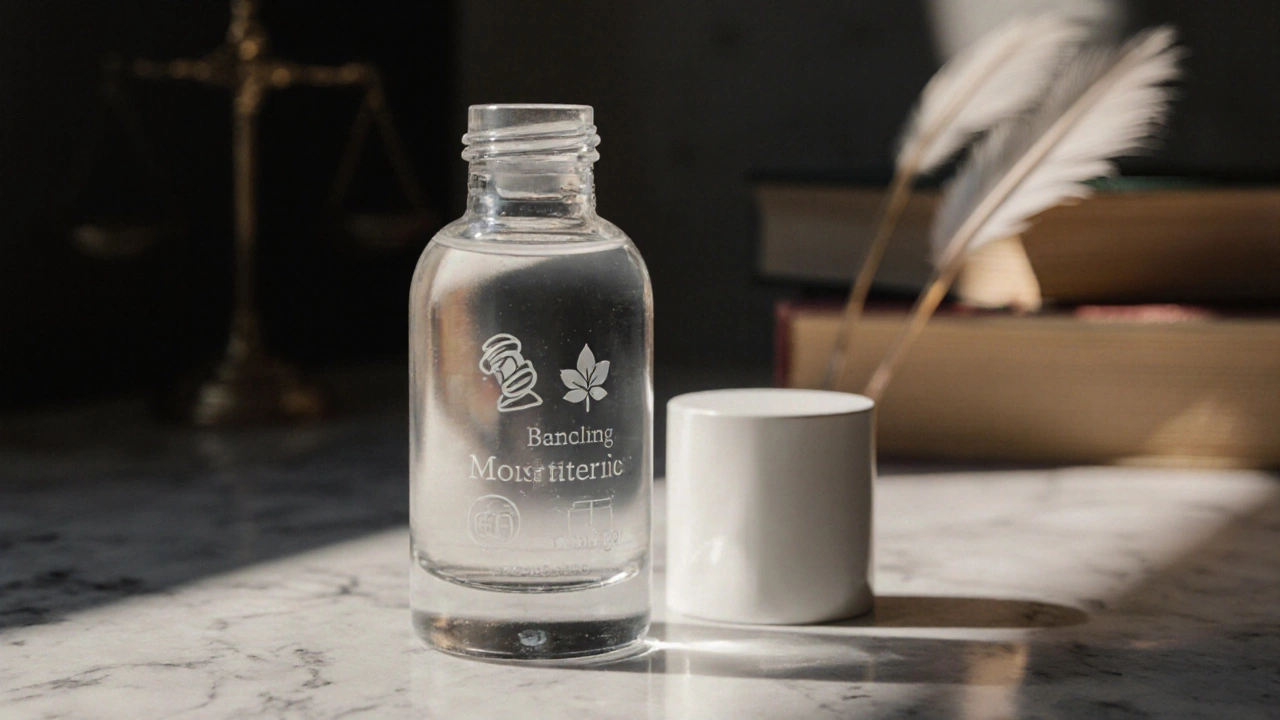Is Moisturizer a Cosmetic? What You Need to Know
When talking about Moisturizer, a hydrating skin‑care product that locks in moisture and helps keep the skin barrier healthy. Also known as face cream, it’s something most people use daily. In the same breath, many wonder if it’s a Cosmetic, a product applied to the body for beautifying, cleansing, or altering appearance or a Drug, a substance intended for diagnosis, cure, mitigation, treatment, or prevention of disease. The answer hinges on ingredients, claims, and how regulators label it.
First off, moisturizer can fall into either bucket. If the formula only contains emollients, humectants, and soothing agents, regulators typically call it a cosmetic. Add an active ingredient like a prescription‑strength retinoid or a medically‑approved sunscreen SPF, and it instantly becomes a drug in the eyes of the FDA. This split matters because drug‑level products require clinical testing, stricter labeling, and often a higher price tag.
How Regulations Define Moisturizer
In the U.S., the FDA’s definition of a cosmetic is any product applied to the body for cleansing, beautifying, or changing appearance, unless it claims to treat or prevent disease. That’s why you’ll see “moisturizer” on the label, but look for phrases like “helps reduce the appearance of fine lines” – that could push it into drug territory. In the EU, the Cosmetic Regulation (EC) No 1223/2009 plays a similar role, but it also demands a “Cosmetic Product Notification Portal” registration for any product making a cosmetic claim.
Another piece of the puzzle is the ingredient list. Common moisturizers list water, glycerin, dimethicone, shea butter, and hyaluronic acid – all typical cosmetic components. When you spot hydroquinone, benzoyl peroxide, or certain peptides marketed for “clinical results,” you’re likely dealing with a drug‑like product. Reading the label is the shortcut most consumers miss.
Why does this matter for everyday users? Because the classification determines safety testing requirements. Cosmetics undergo a safety assessment, but they’re not required to run the full clinical trials that drugs do. If you have sensitive skin or a condition like eczema, knowing whether your moisturizer is a cosmetic or a drug helps you gauge the risk of irritation or adverse reactions.
Professional beauty schools, like Dollhouse Beauty Academy, teach students to evaluate products based on these rules. They train future estheticians to read INCI lists, understand claim language, and advise clients on safe product choices. This knowledge also helps them recommend moisturizers that match a client’s skin type without over‑promising therapeutic benefits.
Beyond the legal side, there’s a practical angle: performance expectations. Cosmetic moisturizers aim for comfort, smoothness, and short‑term visual improvement. Drug‑level moisturizers target longer‑term skin health, such as repairing the barrier or reducing hyperpigmentation. Knowing the goal lets you set realistic expectations and choose the right product for your skin goals.
Finally, the market reflects this split. Brands often launch a “cosmetic line” for everyday use and a “clinical line” for more intensive treatment. Consumers who understand the distinction can shop smarter, avoid unnecessary expense, and prevent potential skin issues caused by misusing a drug‑level product as a simple hydrating cream.
Now that you’ve got the basics, the articles below unpack specific angles – from label reading tips to the science behind active ingredients – giving you a deeper look at how to navigate the moisturizer‑vs‑cosmetic debate in real life.
Is a Moisturizer a Cosmetic? Answer & Regulation Guide
Learn whether moisturizers are classified as cosmetics, how regulations differ worldwide, and what that means for product safety and labeling.

